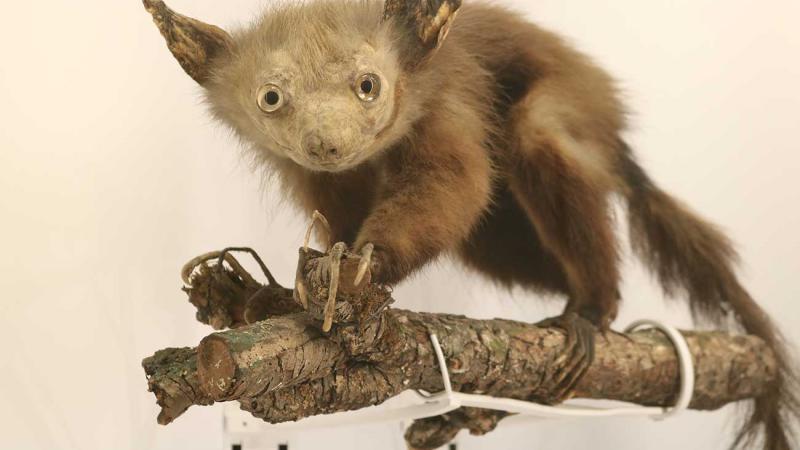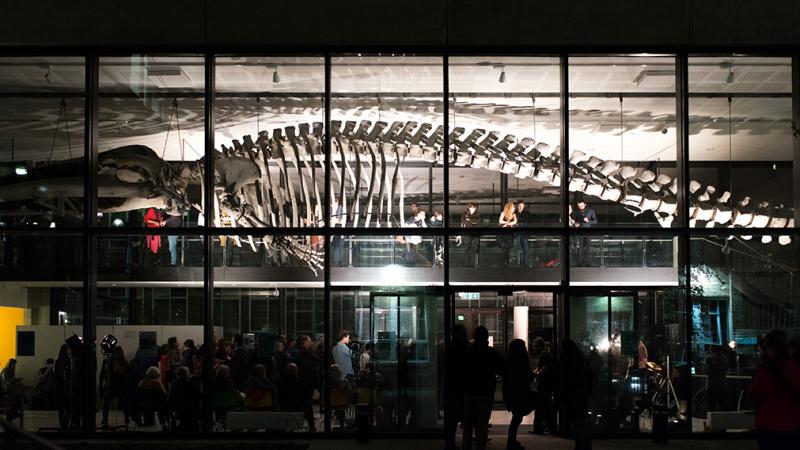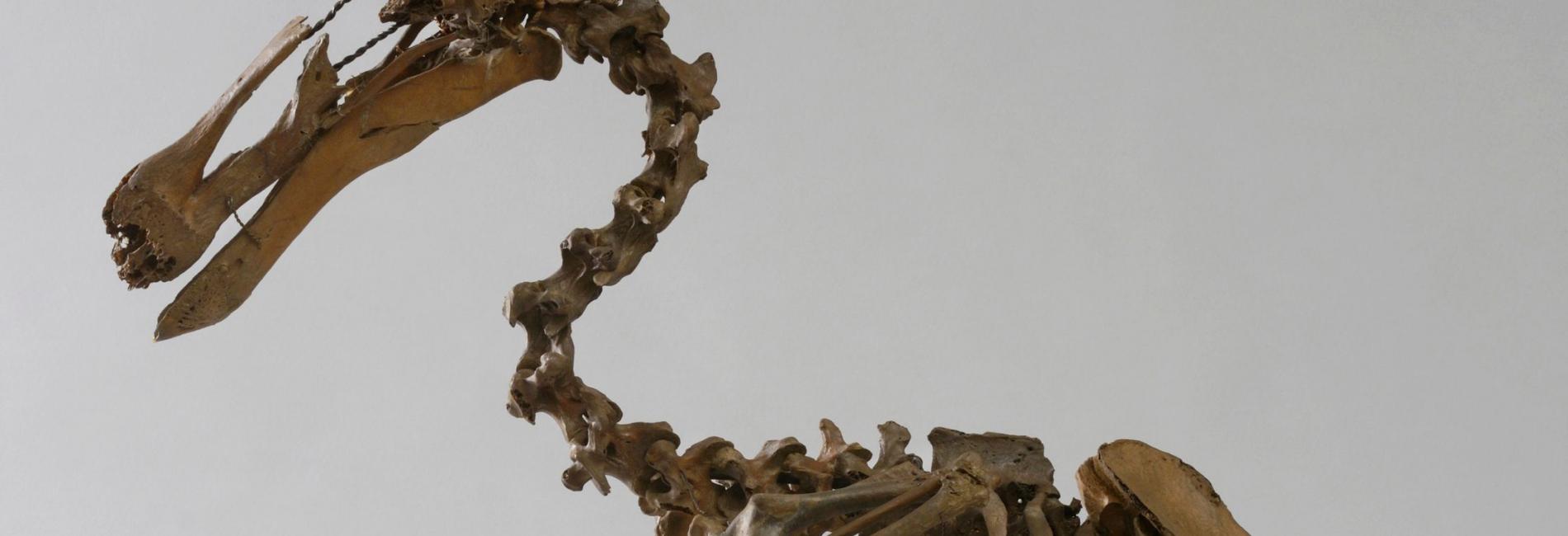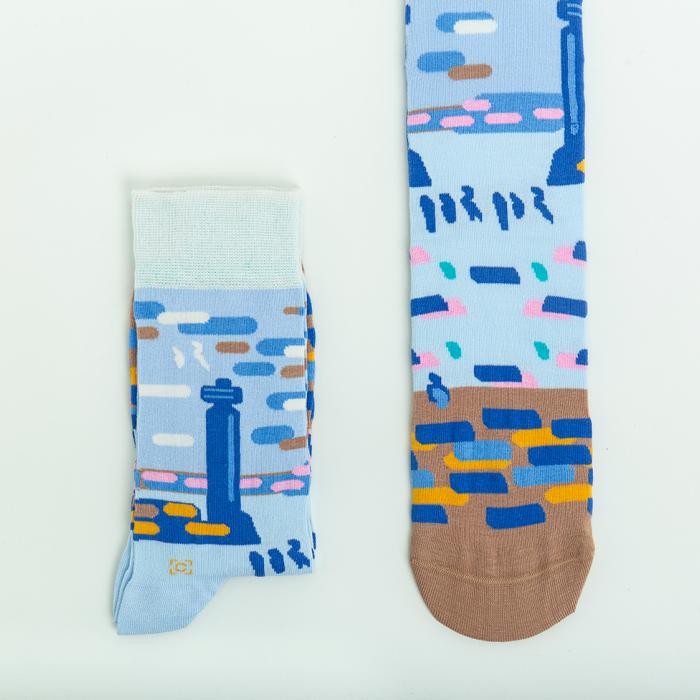Information
The Museum is embedded within the Department of Zoology.
Vertebrate Collections: Mathew Lowe
Invertebrate Collections & Archives: Russell Stebbings
General museum: Jack Ashby
The Museum of Zoology is one of the country’s largest and most important natural history museums, with over two million modern and fossil specimens from across the world.
The specimens we hold are a record of life on earth collected over the past 200 years, all too many from animals now that are extinct.

Embedded within the University’s Department of Zoology, and physically sharing a building with the Cambridge Conservation Initiative (the world’s largest coming together of international environmental NGOs, dedicated to helping to conserve biodiversity for future generations), a key strategic theme of the museum is environmental conservation. The Vertebrate Store houses our non-avian dry collections of both fossil and recent vertebrates. Bones and fossils of everything from Aardvarks to Zebras are available for researchers to access. For example, thylacince DNA has been analysed from this collection. Over 250,000 shells and slides collected around the globe fill the Invertebrate Store. Many were collected in the Mediterranean and Red Sea before the Suez Canal opened in 1869, giving scientists a glimpse at which species have moved to this artificial waterway. Over one million pinned insects collected over the past 200 years are stored in the Insect Room. These are a critical record of environmental change and therefore a key area of active research for the Museum. 30,000 study skins and bones of birds, as well as over 10,000 clutches of eggs form the collections in the Bird Room. The collections contain many of the Museum’s most iconic treasures including great auks, dodos and passenger pigeons. There are over 20,000 jars in the Spirit Store filled with the soft tissue remains of vertebrates and invertebrates preserved in alcohol and formaldehyde.

Our collections and academic outputs lead and support on environmental conservation research, and it is a principal theme in our interpretation and public and formal learning programmes. Our taxonomic and evolutionary research strands, explaining the origin of biodiversity and describing its distribution, are a significant complementary strength. Our curators' research interests include systematics, ecology, evolution, and palaeontology. Molecular techniques and modern scanning methods are transforming the way we work. The University Museum of Zoology includes research programmes that study major aspects of animal life. Current programmes include:
- Evolutionary Genetics and Genomics
- Conservation Biology and Ecology
- Malacology
- Vertebrate Palaeontology and Evolution
Other areas of interest include museums as sites of scientific communication, and as biased windows onto the natural world.

- Museology and public engagement
- Digital engagement
- History of the collection
- History of science
Exhibitions are planned at least one year ahead; for public programmes please allow approximately six-nine months.


